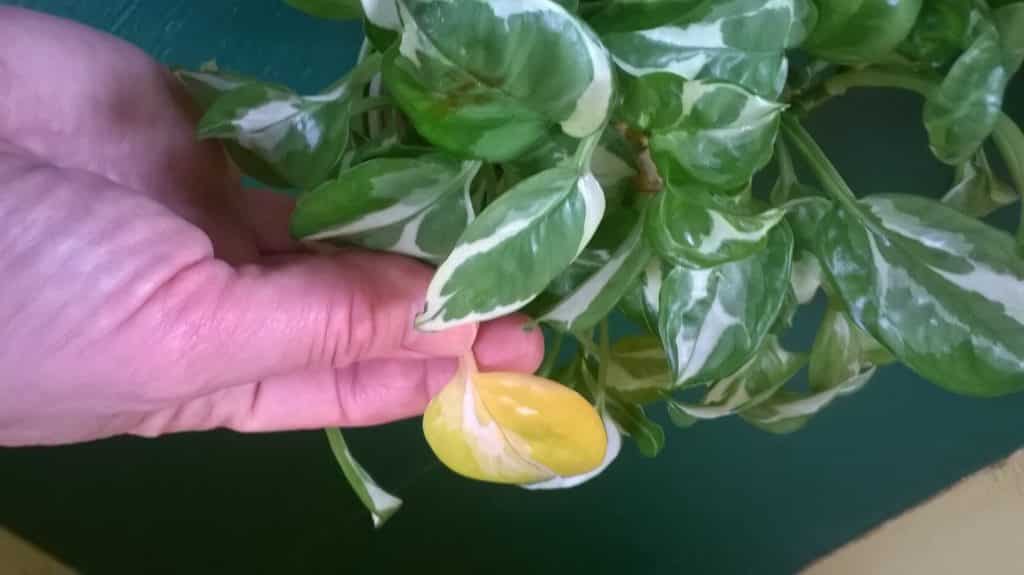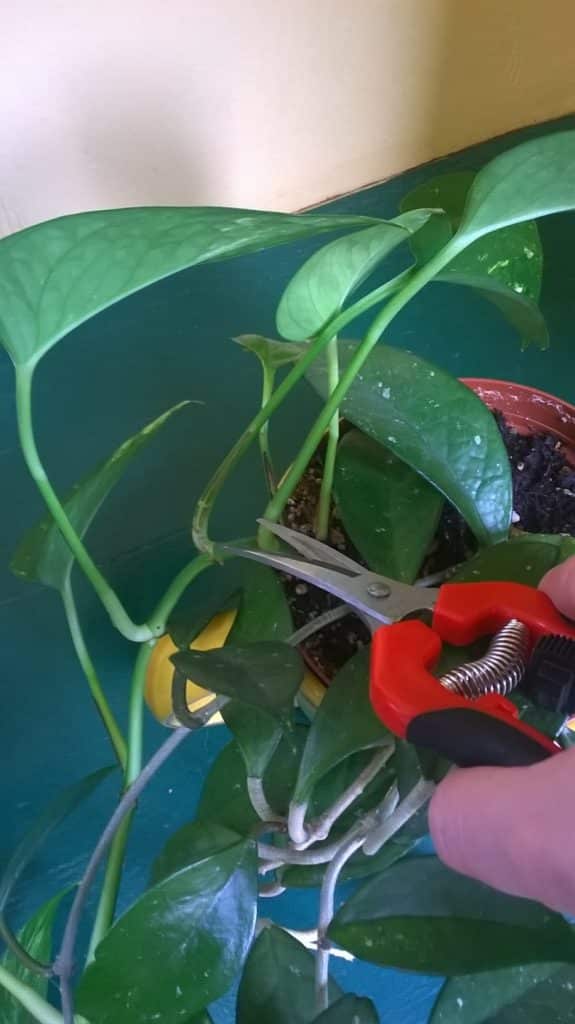If a houseplant becomes unwieldy or unbalanced, it’s probably time to give it a pruning. Pinching and pruning make your indoor garden more attractive and can correct structural problems while encouraging new growth.
The key to pruning houseplants is to do so before they become too leggy or unbalanced. Once some plants get rangy, it’s hard, but not impossible, to get them back into shape again. Houseplants that grow best with regular pruning include coleus, grape ivy (cissus), Swedish ivy, pothos, polka dot plant (hypoestes), vining philodendron, (Philodendron scandens), Ficus benjamina, goldfish plant (columnea), purple velvet/passion plant (gynura), creeping Jennie (lysimachia), African violet, lipstick plant (aeschynanthus) and arrowhead plant (syngonium). Done early enough, pinching and pruning will keep houseplants the right size and shape for their space. Light trimming and reshaping can be done any time of the year, including winter. If you will be cutting back substantially, wait until late winter or early spring.
(Julie Bawden-Davis)
Not all houseplants need pruning, but most benefit from at least some shaping and removal of dead leaves and damaged or diseased stems. Well-kept plants tend to get less pests and diseases.
When you prune, do so judiciously. Well pruned plants don’t look pruned, but instead appear natural. If in doubt, don’t cut. It takes a long time for houseplants to grow back once you’ve cut out a substantial amount of growth. As a rule of thumb, prune out no more than ¼ of the foliage at one pruning.
Keep the following in mind when pruning houseplants.
Always use high-quality pruning tools, such as bypass pruners or very sharp garden scissors. Dull pruners and scissors crush and tear stems, opening them up to pests and disease.

